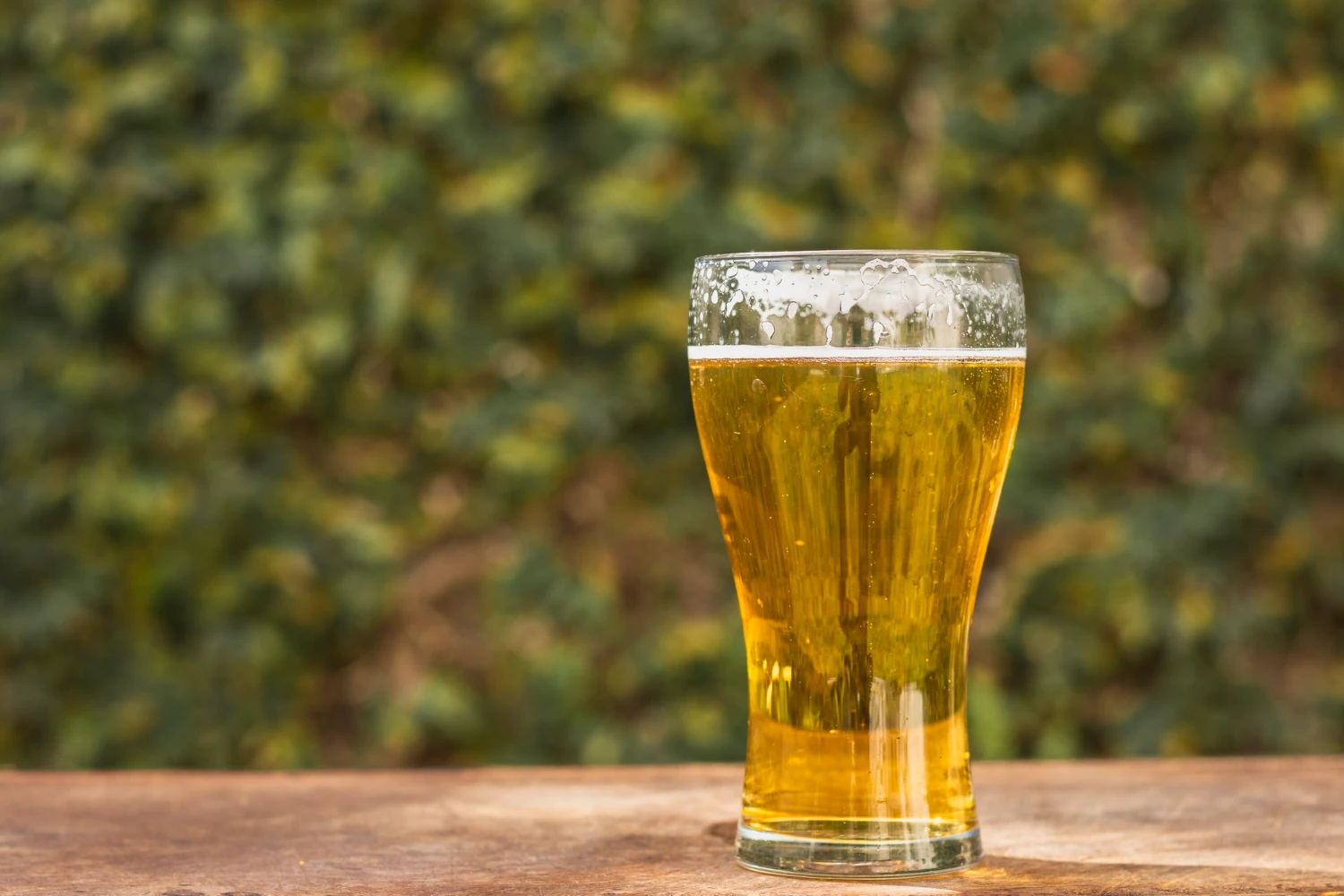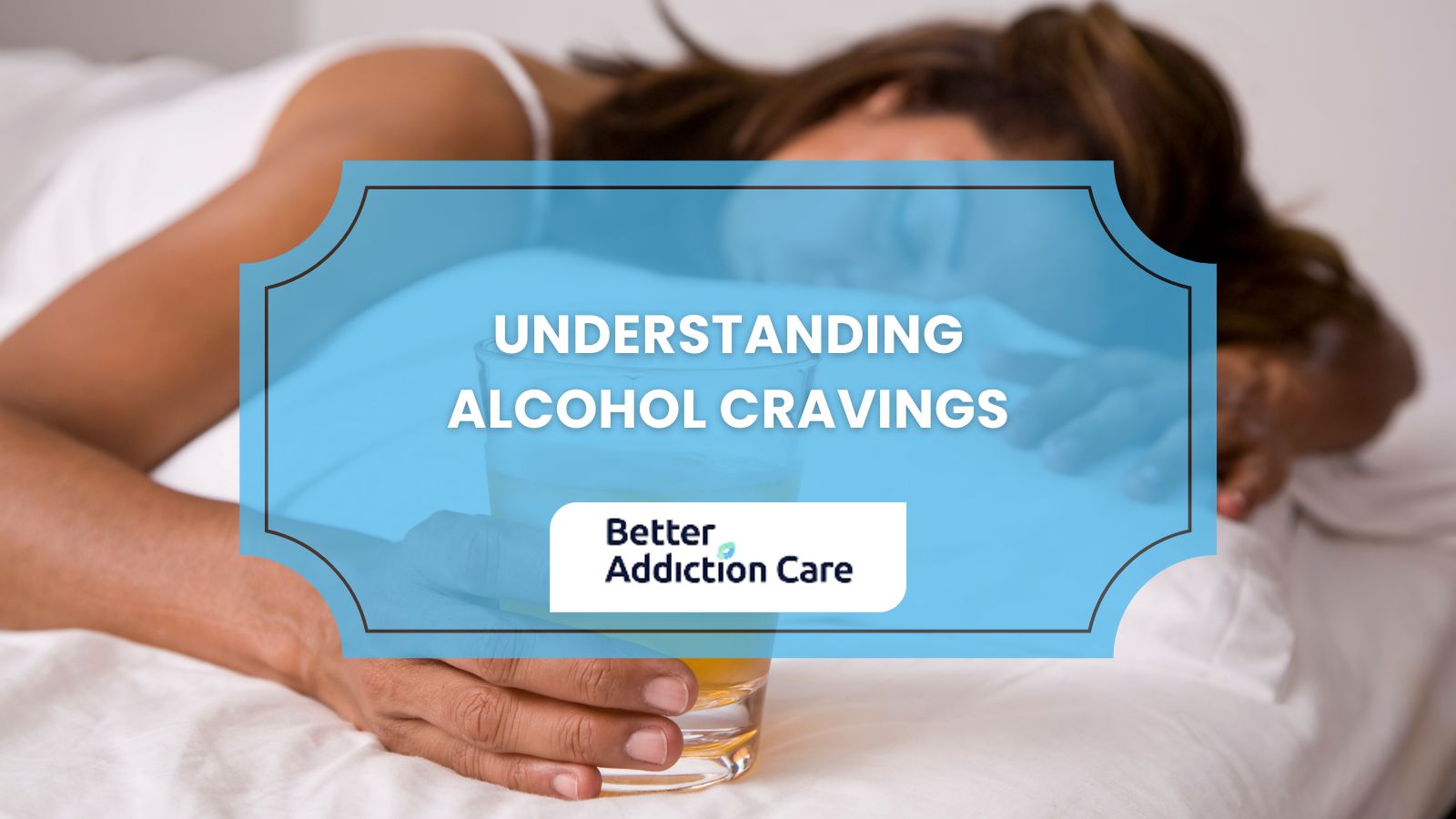Know the 4 Stages of Alcohol, Symptoms and Warning Signs
Excessive alcohol use reveals itself through escalating tolerance, hidden consumption, neglected responsibilities, emotional volatility, social withdrawal, and repeated failed efforts to cut back, all signs that tend to emerge quietly before becoming unmistakable.

Most people have consumed alcohol at some point or another. However, have you ever wondered what happens when your relationship with alcohol becomes an addiction? Well, alcohol addiction, also known as alcoholism, can be life-wrecking for most people as it involves complications in their health, relationships, and even their economy.
The devastating consequences of alcoholism warrant the need to raise awareness about the problem and also learn how to identify when someone is an alcoholic. In this insightful article, you will learn more about alcoholism, how to identify its warning signs, and how to support a loved one who is suffering from alcohol addiction.
What is alcoholism?
Alcoholism, or alcohol use disorder as it is known by healthcare professionals, is a pervasive pattern of alcohol consumption. Alcoholism is characterized by the inability to stop drinking or at least control it. A component of physician dependence is also associated with alcoholism, as with other types of addictions. Sometimes, the terms alcohol addiction and alcoholism are used interchangeably.
People who suffer from alcoholism often tend to continue drinking despite the fact that it causes them problems with their job, family, or health. Another characteristic that alcoholics exhibit is alcohol tolerance, which is defined as the need to drink more to get the same effect. Finally, when alcoholics are deprived of their alcohol source, they can exhibit alcohol withdrawal symptoms, which can sometimes be life-threatening.
The drinking patterns of alcoholics can have profound consequences on their health. For example, excessive alcohol consumption can damage the liver, heart, digestive tract, and neurological system and even increase the risk of cancer. That is the reason why most physicians recommend avoiding alcohol use. Alcoholism can also disturb the mental health of the affected individuals, causing problems like depression, anxiety, sleep disorders, and an increased risk of suicide.
From a social standpoint, alcoholism can cause a lot of disturbances in the lives of people. Since alcoholics focus their attention on alcohol-related activities rather than their jobs, family, and friends, they often end up with family issues, legal problems, and financial strains.
What are the 4 Stages of alcoholism?
An alcohol abuse researcher named Elvin Morton Jellinek (E. M. Jellinek), proposed the theory that alcoholism progresses through four stages. This theory provides a framework that helps us understand the journey of an alcoholic and possibly think of some ways to prevent alcohol addiction.
Pre-alcoholic stage (social drinking)
The initial stage involves a drinking pattern called social drinking. It describes the behavior of someone who seeks alcohol as a way of socializing, relaxing, and enjoying rather than getting intoxicated or coping with stress. Sometimes, these individuals can engage in binge drinking with the excuse of doing so during social events.
While this drinking pattern may seem harmless in the beginning, repeated consumption leads to alcohol tolerance, which in turn can put you in the fast lane to alcoholism. Early intervention during this stage can stop you from progressing into more severe stages and prevent alcohol addiction. Therefore, it is crucial to be aware of signs like:
-
Drinking more frequently
-
Social drinking but with increasing quantities of alcohol
-
Putting excuses to justify excessive drinking at social gatherings
Early Stage (prodromal)
The early stage of alcoholism, also called the prodromal phase, occurs when people start drinking more often, and they begin to experience the negative consequences of heavy drinking. Some of these complications may include alcohol-induced blackouts.
While in this stage, individuals may start drinking on their own or lying about their drinking patterns. Furthermore, they may start drinking more frequently and may develop alcohol dependence. Some of the key signs exhibited by a person who is in the early stage of alcoholism are:
-
Drinking in secret
-
Occurrence of alcohol-induced blackouts
-
Drinking alone or in secret
-
Be defensive when asked about their drinking pattern
-
Feelings of guilt regarding the drinking behavior
Middle Stage (serious problem drinking)
The middle stage of alcoholism is when the individual experiences evident and serious problems due to their drinking behavior. Their daily life and relationships are significantly affected, and alcohol dependence is evident.
If someone is at this stage, they may neglect their responsibilities at home, work, or school while also drinking at inappropriate times and places. Some signs that suggest you may be entering the middle stage are:
- Your drinking behavior is evident to others
- Increased problems at school, work, or home.
- Having legal or financial problems
- Mild withdrawal symptoms when not drinking alcohol
Late Stage (End stage or fully developed alcoholism)
The late or end stage of alcoholism is when the individuals are fully addicted to alcohol. Drinking becomes the central focus of their life, and not surprisingly, this results in severe health, emotional, and social consequences.
People who have progressed to this final stage find themselves drinking to avoid withdrawal symptoms rather than for pleasure, like they used to. In severe cases, they may even be unable to take care of themselves and require hospitalization or long-term medical care.
The warning signs of late-stage alcoholism are
- Severe withdrawal symptoms
- Significant health issues like liver disease or even brain damage
- Family or job loss
- Inability to quit drinking despite the devastating consequences
- Inability to function in daily life without alcohol
How to recognize physical and behavioral signs of alcoholism?
Physical and behavioral signs of alcoholism often include increased tolerance, frequent hangovers, secretive drinking, mood swings, neglect of responsibilities, and risky behaviors like driving under the influence.
As we have discussed above, there are four stages of alcoholism, each with its distinct characteristics. Recognizing the warning signs of alcoholism can be crucial to help them progress to the worst stages. Most of the physical signs of alcoholism are divided into physical and behavioral signs of alcoholism. Let’s explore the warning signs of alcoholism so we can contribute to its prevention or management.
Physical signs of alcoholism
The physical manifestations of alcoholism are evident in people who struggle with this condition.
Listed below are 13 common physical signs that can warn you that someone may be an alcoholic or at least on the verge of becoming one.
- Redness of the face: The dilation of blood vessels in the skin may give a persistent red appearance, especially around the nose and cheeks.
- Bloodshot eyes: Chronic drinking results in dry and irritated eyes. This, alongside blood vessel dilation, contributes to the red eyes' appearance.
- Tremors: Uncontrollable shaking may be apparent, especially hand tremors.
- Poor Coordination: difficulty maintaining balance or coordinating movements due to the effects of alcohol on the cerebellum.
- Slurred speech: Central nervous system depression induced by alcohol affects the areas in charge of speech.
- Unsteady gait: Alcohol also impairs the brain areas in charge of gait control.
- Weight changes: It can go in both directions. The calories contained in alcohol can make you gain weight. However, heavy drinking can suppress appetite or make someone neglect their nutrition, thus leading to weight loss.
- Skin problems: Impaired liver and body function can lead to jaundice, psoriasis, and eczema.
- Gastrointestinal problems: symptoms like frequent nausea, vomiting, diarrhea, and gastritis are common among alcoholics.
- Pancreatitis: Alcoholism is strongly related to pancreatitis, a condition where your pancreas gets inflamed because of alcohol, and that can certainly be life-threatening.
- Excessive sweating: A common sign found in alcoholics as part of alcohol withdrawal.
- Dental problems: Dental issues can arise due to poor oral hygiene, neglect of dental care, and the acidic properties of alcohol.
- Hypertension: Chronic alcohol use can lead to high blood pressure.
Behavioral signs of alcoholism
The behavioral signs of alcoholism are more evident than the physical ones, as it only takes some suspicion and critical thinking to figure out the onset of alcohol addiction.
Below are the 19 most prominent behavioral signs of alcoholism.
- Strong alcohol cravings (physical dependence)
- Higher alcohol tolerance
- Memory problems
- Difficulty limiting the frequency and quantity of drinking
- Drinking alone
- Mood swings
- Using alcohol as a tool to cope with stress
- Spending more time on alcohol-related activities
- Start Binge drinking more frequently
- Neglecting responsibilities at home, job, or school due to alcohol
- Having relationship problems with family, friends, or colleagues
- Having financial issues and losing jobs
- Losing interest in hobbies
- Defensiveness and denial when confronted about the relationship with alcohol
- Start drinking in secret
- Being unable to quit drinking
- Alcohol withdrawal symptoms
- Start drinking alcohol to avoid withdrawal rather than for pleasure
- Alcohol-induced blackouts
Alcoholism has devastating consequences on the lives of people suffering from alcohol craving due to this type of addiction. Therefore, recognizing the warning signs of alcoholism may be the first and most crucial step toward addressing this issue. By understanding the stages of alcoholism, we can identify certain physical, emotional, and behavioral signs that can raise our alarms. This, in turn, can be critical to guide effective intervention that can help prevent alcoholism at an early phase.
Better Addiction Care is here to help you out. If you feel like you or one of your loved ones is struggling with alcoholism, our helpline at (800) 429-7690 is available for you 24/7. If you experience any kind of emergency regarding alcohol use, please don’t hesitate to call 911 immediately.







